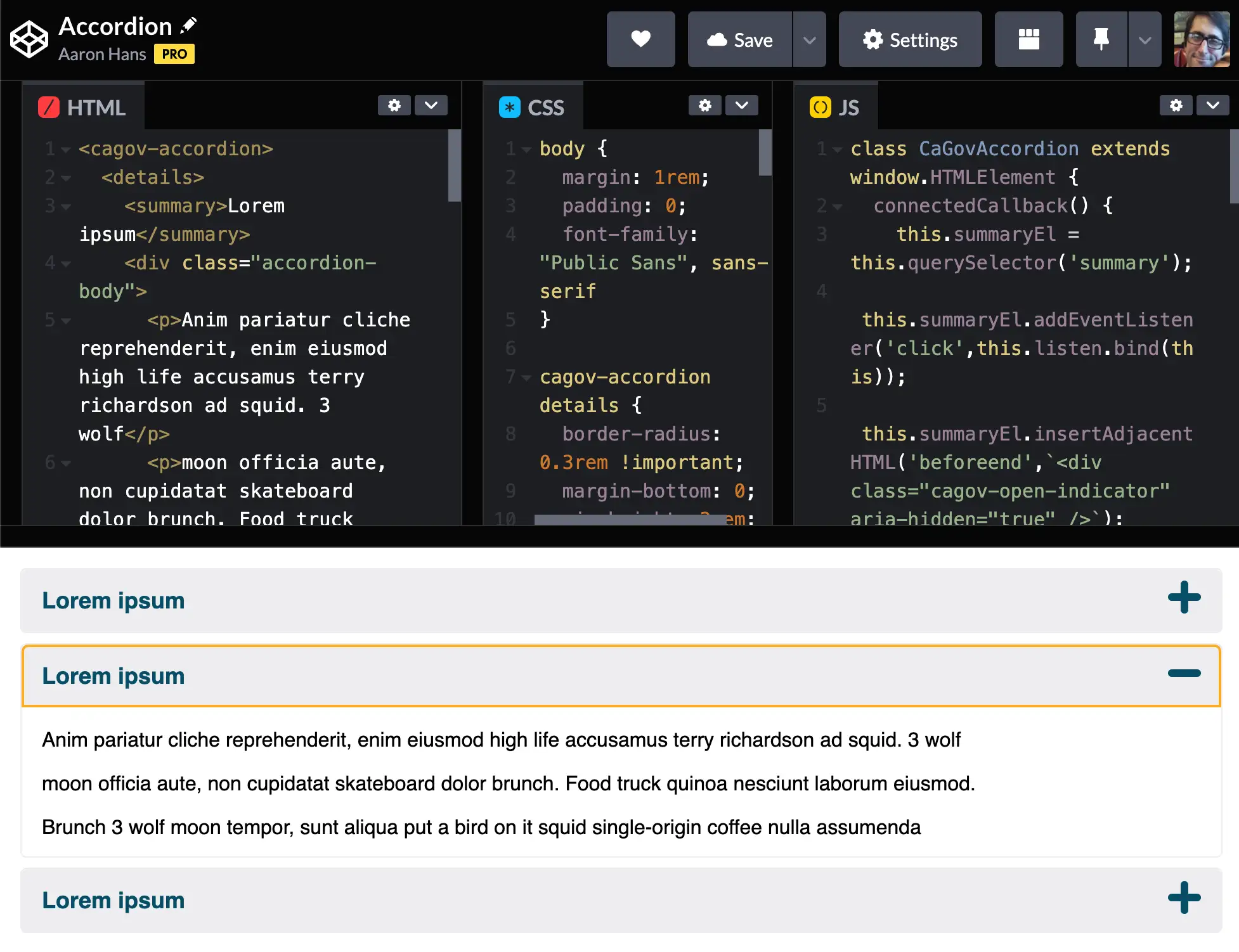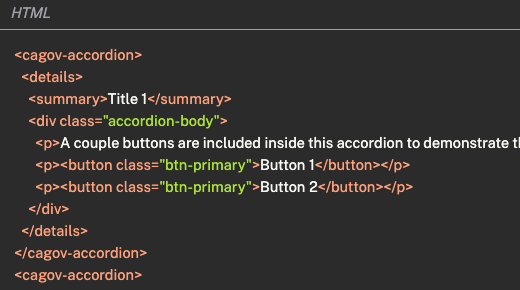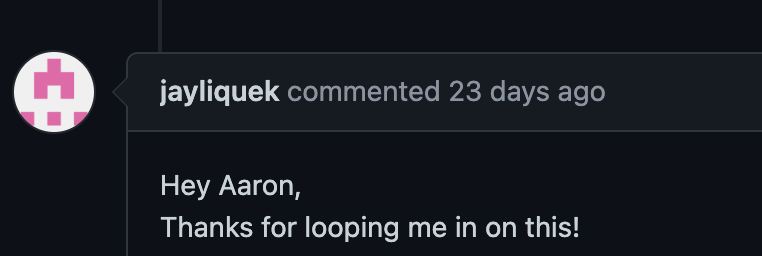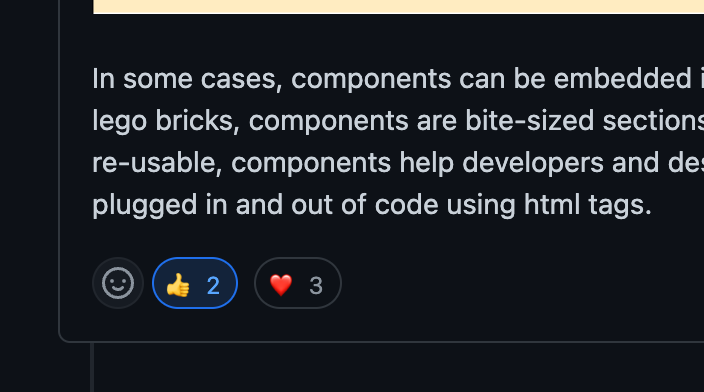
We work in the open! This means that:
- You can see just about everything we are doing.
- You can influence our projects.
Why we work in the open
From the start, the Office of Digital Innovation (ODI) has made working in the open a core value. We often cite the motto “default to open.” There are tons of benefits to defaulting to open. From an engineering perspective it encourages:
- Code hygiene
- Standards definition and compliance (because our work history is visible to everybody)
It also allows us to work seamlessly with anybody interested in our work. This includes state employees as well as supporters outside the government. We’ve accepted external contributions in several of our projects, including:
- Alpha
- covid19.ca.gov
- California Design System
A recent collaboration
Here’s an example of how a state employee contributed to the California Design System. Kurtis Kroon from the Franchise Tax Board reviewed the code of the accordion component and suggested we use the <details> element to simplify.
This was a great idea. It required a full component rewrite. We collaborated with other teams by sharing codepens. Here’s an early version:

The result was a big improvement on the component’s progressive enhancement. Now if all JavaScript on the page fails, the accordion will look different but function the same. This version lets the browser handle the open and close. This change simplified the component’s markup:
| Before | After |
|---|---|
Before  | After  |
Thanks Kurtis!
This suggestion resulted in real improvements to this component’s code. It’s now both lighter weight and more powerful. We shipped these changes in the third release of the Design System.
Chipping in with pull requests
We’ve also been working with students in a New York University (NYU) open source class. They found our open source repository and offered to contribute. Their work on our project counts as part of their coursework. It’s impressive that courses like this give students real world experience while helping open source projects.
We’re happy to work with any potential contributors, even if it’s not part of a course! The California Design System is still new and needs all kinds of expertise. It doesn’t even have to be help with code. We can use help with:
- Documentation
- Design
- User testing
The collaboration has been fruitful. These students get real world experience contributing to an open source project. The state gets:
- Working code
- Better documentation
- A fresh perspective on our project from sharp coders outside of government
We’re really impressed with these folks. They’ve all:
- Made significant contributions to the project
- Met with us to get guidelines on code, design, and accessibility
- Provided weekly update summaries on all their activity
Check out the GitHub profiles for:
Here’s some of their work on the Design System:
 Alex has had multiple PRs merged already. Here’s one where he fixed some code based on feedback from our automated accessibility tests. |  Javi is working on an ambitious full web component refactor. |   Jayli made an excellent contribution to our new web components document. |
They’ve helped us find holes in our documentation that were confusing to people new to our project. Addressing them smooths the path for future collaborators.
We applaud NYU for creating a course that lets students build a record of valuable open source contributions. We’re also impressed with Jayli, Javi, and Alex’s insightful contributions to our project. It’s pretty cool to see students seizing opportunities like this. And fun for us to improve government services alongside them!